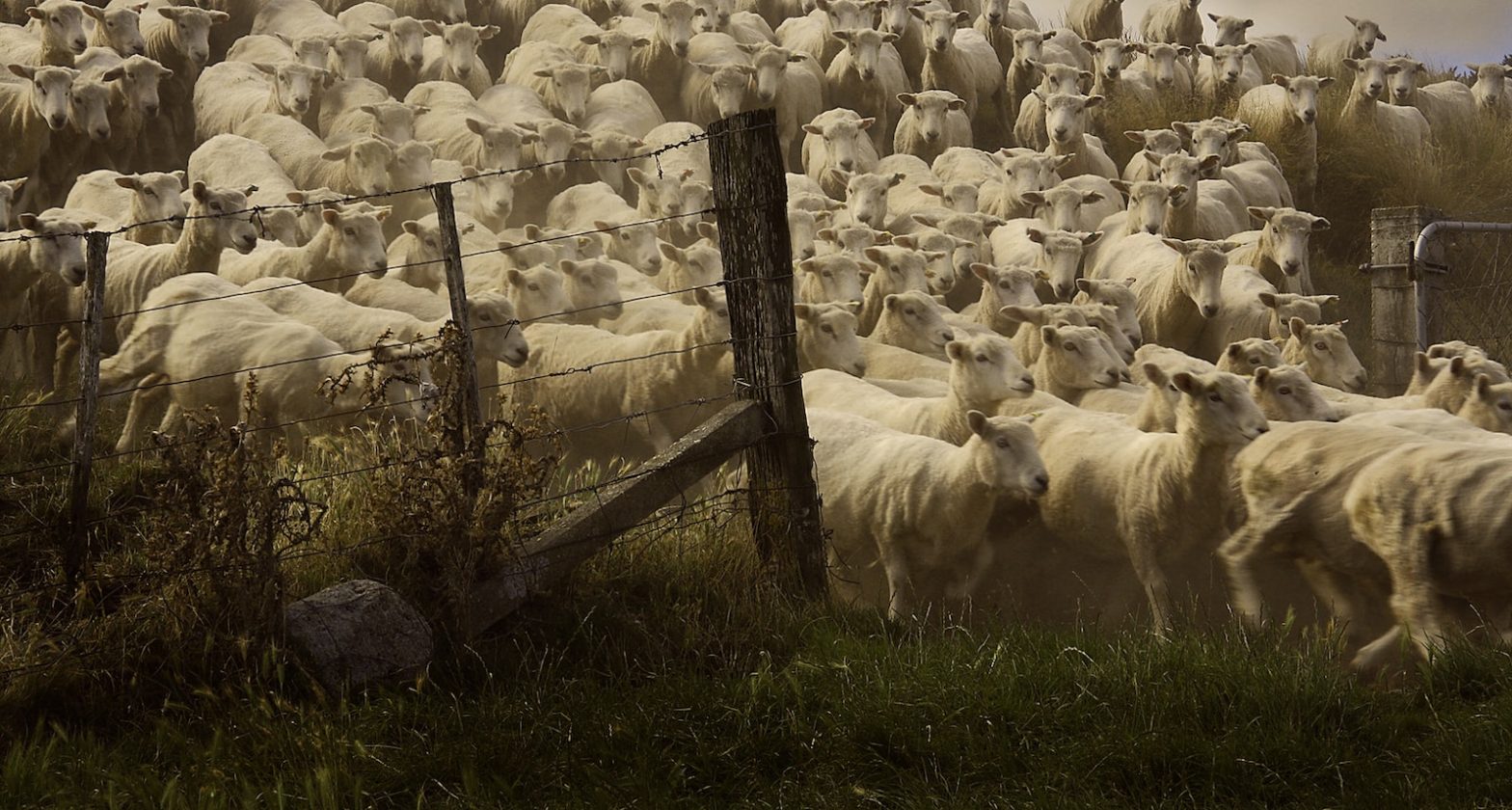From the viewpoint of Twitter, Facebook, Shopify and potential other social media/commerce services, banning and suspending Trump’s account makes sense. It is pretty straightforward for these services to make the case that his posts/tweets violate their terms of service [1].
I’m stuck by how quickly and totally Trump’s influence has been curtailed. His options are now
(a) White House press releases, which he has until the week after next
(b) the group chat app Parler that is popular with the fringe right, but which was also banned by Google Play and has been given notice by Apple’s App Store,
(c) various subreddits, but Reddit has already suspended most of the popular ones
(d) other potential social networks (including, say, the group messaging app Telegram)
(e) his email lists
(f) his own website
Only with his email lists and his own website is Trump fully in control. [2] Perhaps he could set up his own Twitter-like social network on his site with Mastodon. He could set up discussion forums on his site with Vanilla Forums or Discourse. All of this over and above built-in comments on his blog. It is likely that sooner or later Trump or an organisation linked closely to him will set up this sort of infrastructure.
But what he gets back in terms of control he loses in terms of distribution. Anyone who engages with Trump and his community on this website and forums is someone who has joined for that specific reason. No one other than news reporters covering Trump and his network will join.
With an account on broad-based social networks like Twitter, your ‘viral’ messages find their way into the feeds of people who have nothing to do with you. In this way, at least, Twitter works for you, distributing your message in a way that optimises for discovery of your account. You don’t need to pull people in; the platform pushes them to you.
This optimisation is one the most common criticisms of social networks – with an algorithmically picked feed, at its best, you discover new interests, make new friends, understand things better. But at its worst, your feed makes you more anxious, causes more outrage, causes you to be more polarised than you otherwise would be. This is how polemical figures like Trump gain both followers and detractors.
What’s important is that both sides are equally important to his popularity. And there’s an inherent danger in having only supporters on a platform.
On Twitter (and Reddit/Facebook), there have probably been hundreds of thousands of online fights between supporters and detractors of Trump. However ugly they may have been, they have served as an outlet for rage and hatred, a valve for emotional steam stirred up by Trump and TV channels.
For a while, I imagine these online squabbles will continue. But if and when Trump or an entity aligned with him sets up their own online infra like we discussed above, it’s going to be an echo chamber that surpasses subreddits like /r/the_donald or on the chat app Parler. Some of the frenzy may be let out on social media, but the risk is that the majority will play out in the real world.
This is the main second-order risk I see with a ban on Trump’s social media presence. I’m not sure we’ve understood this, leave alone acknowledged it.
[1] Whether it was too late, or whether they enforce these rules arbitrarily or selectively is another debate, and not this site’s focus.
[2] That is, as long as he uses his own infrastructure for them, as opposed to something like Substack for email and a wordpress.com site, which could both be turned off.

